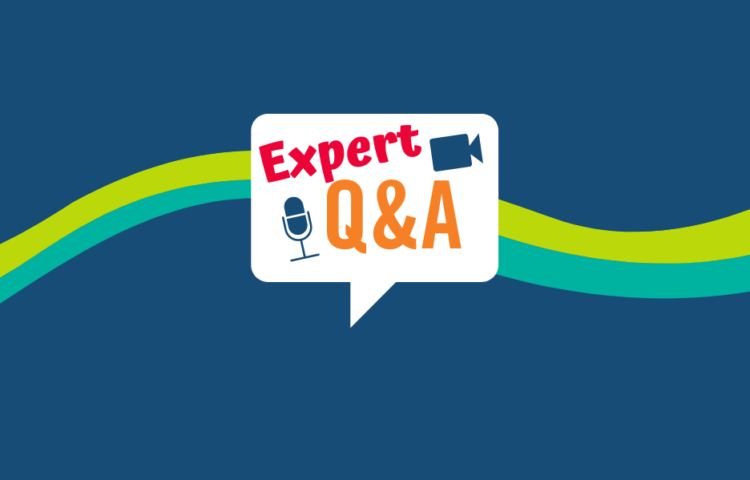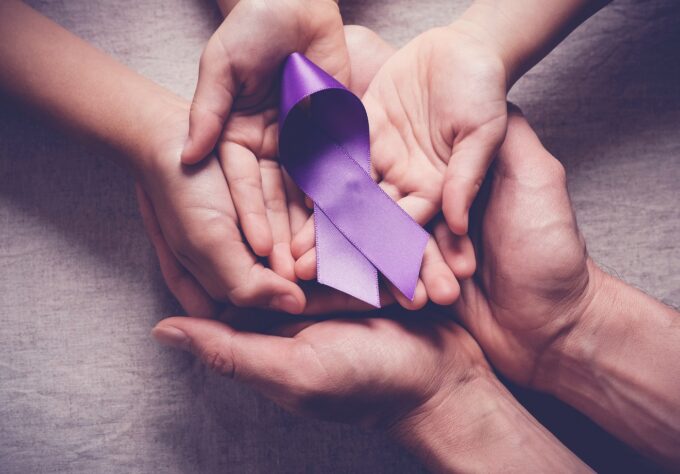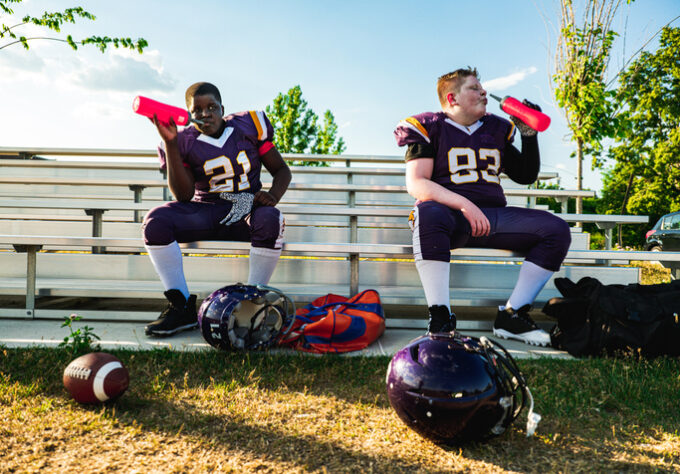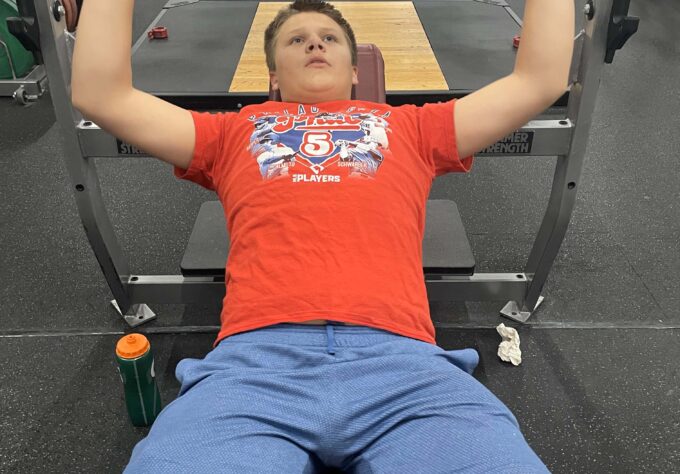Questions about osteogenesis imperfecta (OI), or “brittle bone disease,” are answered by pediatric orthopedics experts at Nemours Children’s Health.
Q: When should people with OI get rods in the bones in the legs?
A: We view realigning and rodding the bones in the legs, femurs and the tibias as a way to address deformity or bowing that is interfering with each patient’s motor development or causing recurrent fractures. We feel there is no minimum age, this is something that we really do value, continually assessing on an individualized basis to help each patient reach their potential.
Q: How would you describe the use of orthotics in patients with OI?
A: The word orthotics generally refers to all types of braces or things we put on patients’ arms or legs to help them function better. We use them on a case-by-case basis. Years ago we used to use heavy long leg braces on children and adults with OI, we hardly use those anymore. There’s no substantial proof they change the shape of an extremity or shape of a foot, but they do serve a supportive function and can help people improve. The use of those should always be done in consultation with your practitioner and your therapist.
Q: How do you treat the cycle of fractures, operations, and pain in OI?
A: Our patients now, both children and adults, have more mobility than patients did years ago. This is due in large part to attention to nutrition, diet, and exercise (the fundamentals of care) to keep the bones and muscles as strong as possible. Drug treatments are advancing, as are surgical reconstructive options. We encourage all of our patients to reach their potential and we feel the future of OI care is bright.
Q: What is basilar invagination?
A: Basilar invagination is a condition usually found in people found with soft bone, such as osteogenesis imperfect where the head settles upon your cervical spine. One of the top cervical spine vertebrae is a peg. As the skull settles on your cervical spine it can also impinge the top of the spinal cord, which can become very dangerous. The symptoms are very common but can sometimes unrecognized. People can develop headaches, funny movements of the eyes, trouble swallowing, or sleep apnea. If you think you might have basilar invagination you should talk to your doctor.
Q: My baby was diagnosed in utero at 20 weeks with OI. What does this mean?
A: This child has the capacity to survive. With ultrasound diagnosis, the younger the age, the more sever the OI is. We have many babies who were diagnosed at 20 weeks that are long terms survivors, college graduates, and independent adults.
Q: Can someone be diagnosed with OI as an adult?
A: Yes, they absolutely can. It could be that someone has never come to be diagnosed or someone has never really caught it. They might’ve had fractures in childhood and were never tested for it; no one ever thought about it. It’s possible that the person’s OI was very mild and have never had a fracture. We have families where a child has OI and upon further investigation, we realize that one of the parents have OI as well.
Q: Have there been any side effects for people with OI after getting the COVID vaccine?
A: The OI Foundation has made a tremendous commitment to providing up-to-date information to the OI community regarding both the pandemic and the vaccine. We encourage you to turn to the OI Foundation’s COVID-19 toolkit, as well as the medical advisory council’s statement regarding the vaccine.
Q: In terms of rehab, how do you address OI deformities causing limitations in movements, following a break?
A: There are several things that we do. We prepare for the fracture before it ever happens. In the clinic, we make sure to do data collection when you’re healthy and when there’s no fractures present. We know where you started and we can get you back to where you were because we have a baseline. If you’re local and have a fracture, we’d love to see you to get you moving and grooving. If you’re not close by, we can collaborate with your team close to home. We like to work on strengthening, confidence in mobility and adapting things as needed to enhance function.
Q: Is it possible to pass on OI’s physical characteristics to children, without actually passing on the disease?
A: In thinking about the genetics of OI, it’s most often caused by changes in the collagen1 gene. That means it is an autosomal dominant condition, so there’s a 50% chance with each pregnancy of having a child with OI. OI is a condition we consider to be fully penetrant, so you need a change in one of the genes that cause OI in order to have the condition. If you don’t inherit a change, you won’t have features of OI.
Q: Can you explain the Advanced Delivery Program at Nemours, in regards to OI?
A: This is a great new program we have at Nemours. Before, a child would get diagnosed with OI, they would be transferred from a NICU into our NICU. Now once a child is diagnosed, the family can contact our Advanced Delivery team and we can choreograph the rest of the pregnancy up until the delivery, and then post delivery care.



